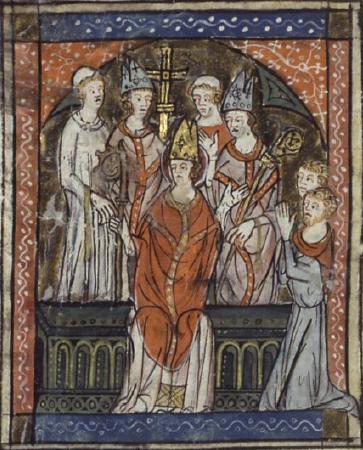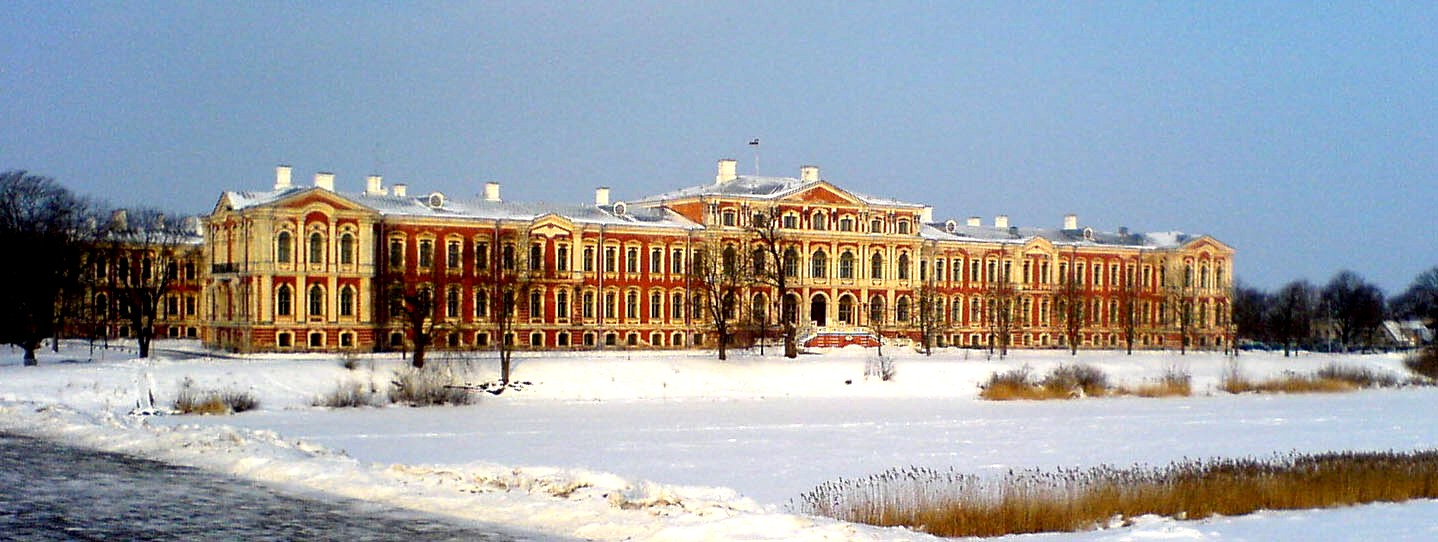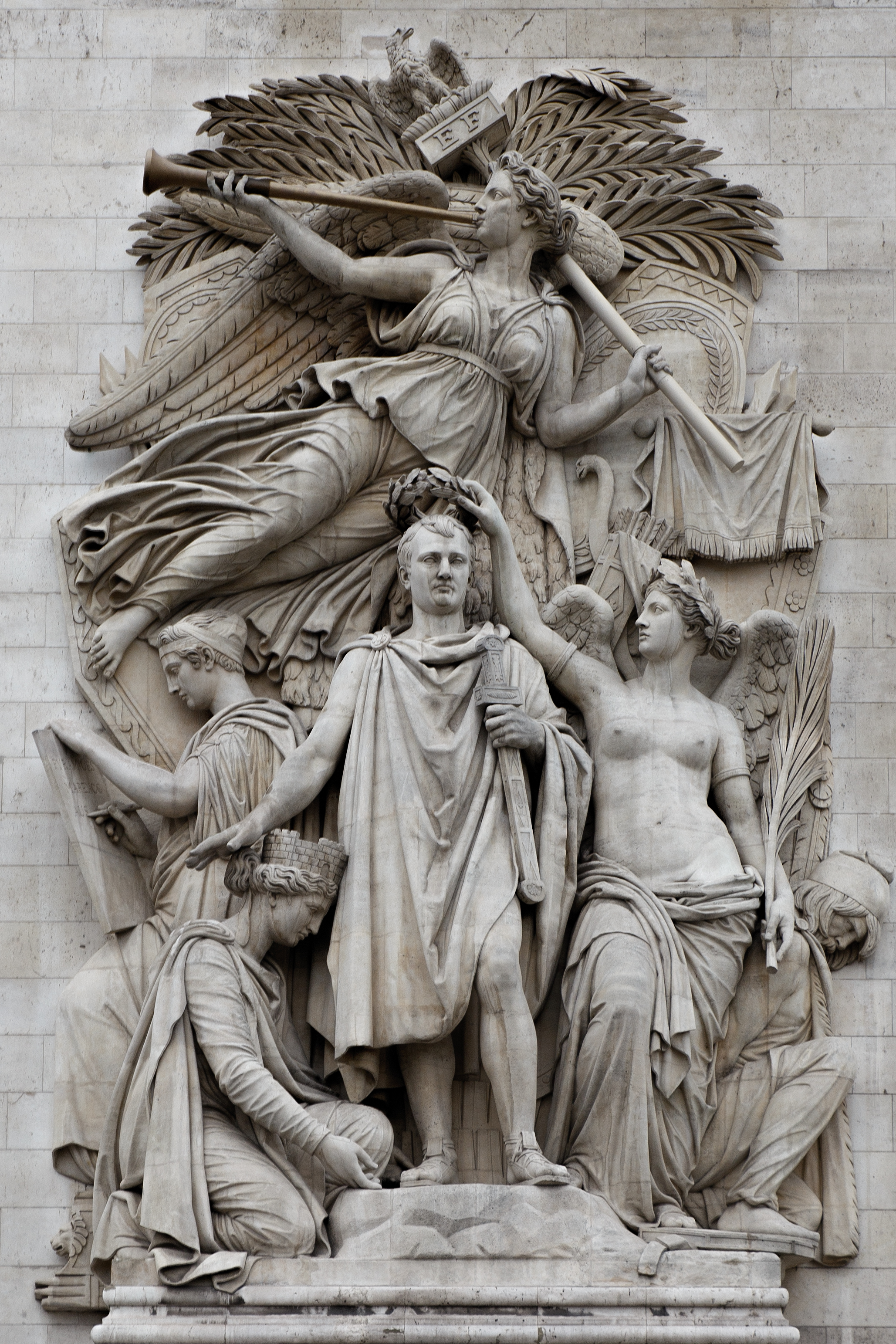|
Notre-Dame D'Arras
Arras Cathedral (French language, French: ''Cathédrale Notre-Dame-et-Saint-Vaast d'Arras'') is the Catholic Church architecture, church in the city of Arras, France. The cathedral is the seat of the Bishops of Arras. History When the diocese of Arras was renewed in 1094 with Lambert of Arras, Lambert of Guines as its first bishop, the church of Notre-Dame-en-Cité became its first cathedral. The building, constructed between 1030 and 1396, was one of the most beautiful Gothic architecture, Gothic structures in northern France. The cathedral was the resting place of Louis, Count of Vermandois, Louis de Bourbon, ''Légitimé de France'', a legitimated son of Louis XIV and Louise de La Vallière. During the French Revolution, the building was sold on 1 January 1799 to speculators and stripped of valuable fabrics. Three years later, the shell was demolished. Abbey Church of Saint-Vaast The church of the former St. Vaast's Abbey was rebuilt beginning in 1750 in Neoclassical architectur ... [...More Info...] [...Related Items...] OR: [Wikipedia] [Google] [Baidu] |
Arras
Arras ( , ; ; historical ) is the prefecture of the Pas-de-Calais department, which forms part of the region of Hauts-de-France; before the reorganization of 2014 it was in Nord-Pas-de-Calais. The historic centre of the Artois region, with a Baroque town square, Arras is in northern France at the confluence of the rivers Scarpe and Crinchon. The Arras plain is on a large chalk plateau bordered on the north by the Marqueffles fault, on the southwest by the Artois and Ternois hills, and on the south by the slopes of Beaufort-Blavincourt. On the east it is connected to the Scarpe valley. Saint Vedast (or St. Vaast) was the first Catholic bishop in the year 499 and tried to eliminate paganism among the Franks. By 843, Arras was seat of the County of Artois which became part of the Royal domain in 1191. The first mention of the name ''Arras'' appeared in the 12th century. Some hypothesize it is a contraction of '' Atrebates'', a Belgic tribe of Gaul and Britain that u ... [...More Info...] [...Related Items...] OR: [Wikipedia] [Google] [Baidu] |
Louise De La Vallière
Françoise-Louise de La Baume Le Blanc, Duchess of La Vallière and Vaujours (6 August 1644 – 6 June 1710) was a French nobility, French noblewoman and the Royal mistress, mistress of King Louis XIV of France from 1661 to 1667. La Vallière joined the royal court in 1661 as maid of honour, maid-of-honour to Henrietta of England and soon became Louis XIV's mistress. Two of her four children by the King, Marie Anne de Bourbon, Marie-Anne, Mademoiselle de Blois (Princess of Conti by marriage) and Louis, Count of Vermandois, Infant mortality, survived infancy and were Legitimacy (family law), legitimised. She was an important participant in the court's intellectual life, interested in the The arts, arts, literature, and philosophy. In 1666, she was replaced as mistress by Françoise-Athénaïs de Rochechouart, Marquise de Montespan, Madame de Montespan, but created a ''suo jure'' duchess and invested with lands. After an illness in 1670, La Vallière turned to religion, and wro ... [...More Info...] [...Related Items...] OR: [Wikipedia] [Google] [Baidu] |
Musée Des Beaux-arts D'Arras
The Musée des Beaux-Arts d'Arras is located in the old Abbey of St. Vaast in Arras, in the Nord-Pas-de-Calais, France. Collection Paintings The museum's collection includes paintings of the Flemish and Dutch schools including Jehan Bellegambe, Pieter Brueghel the Younger, Peter Wtewael, Balthasar van der Ast, Peter Paul Rubens, Gerard Seghers, Jacob Foppens van Es, Barent Fabritius, Nicolaes Maes and Gerbrand van den Eeckhout. From the Italian school there are works by Jacopo Bassano and paintings from the "nine muses" series of Giovanni Baglione. There are also French paintings by artists such as Claude Vignon, Philippe de Champaigne, Gaspard Dughet, Jean Jouvenet, Sébastien Bourdon, Laurent de La Hyre, Charles Le Brun, Joseph Parrocel, Nicolas de Largillière, Jean-Baptiste Oudry, Charles-André van Loo, Louis Joseph Watteau, Joseph-Marie Vien, Camille Corot, Théodore Rousseau, Théodore Chassériau, Eugène Delacroix... Some of the works that are displayed are: * '' ... [...More Info...] [...Related Items...] OR: [Wikipedia] [Google] [Baidu] |
Stations Of The Cross
The Stations of the Cross or the Way of the Cross, also known as the Via Dolorosa, Way of Sorrows or the , are a series of fourteen images depicting Jesus in Christianity, Jesus Christ on the day of Crucifixion of Jesus, his crucifixion and accompanying prayers, These stations are derived from the imitations of the in Jerusalem, Palestine, which is a traditional processional route symbolizing the path Jesus walked from Lions' Gate to Mount Calvary. The objective of the stations is to help the Christian faithful to make a spiritual Christian pilgrimage, pilgrimage through contemplation of the Passion (Christianity), Passion of Christ. It has become one of the most popular devotions and the stations can be found in many Western Christian churches, including those in the Roman Catholic, Lutheran, Anglican, and Methodist traditions. Commonly, a series of 14 images will be arranged in numbered order along a path, along which worshippers—individually or in a procession—move in or ... [...More Info...] [...Related Items...] OR: [Wikipedia] [Google] [Baidu] |
Alexandre Descatoire
Alexandre Descatoire (22 August 1874 – 7 March 1949) was a French sculptor. Biography Descatoire was born in Douai and was a pupil of André-Louis-Adolphe Laoust. Educated at the École nationale supérieure des Beaux-Arts in Paris, Descatoire was runner up for the Prix de Rome of 1902. Much of his work is war memorials. One of the best known is at Douai, inaugurated on 23 July 1927. A central bas-relief represents the ''Victory of the Lion of Flanders'', flanked by a crossbowman and a machine gunner. The monument was damaged during bombing on 11 August 1944 but has been restored. The inclusion of a crossbowman refers back to another dramatic episode in Douaisian history, the Battle of Mons-en-Pévèle in 1324, when 600 citizens of Douai lost their lives. Other works by Descatoire include: * The work "''Soldat Du Droit''" at the Douaumont ossuary, circa 1932 * The monument to Mayor Gustave Dron in Tourcoing, with architect Édouard Monestès, 1935 * the monument ''Au Pig ... [...More Info...] [...Related Items...] OR: [Wikipedia] [Google] [Baidu] |
Marcel Gaumont
Marcel Gaumont was a French sculptor born on 27 January 1880 in Tours. He died in Paris on 20 November 1962. Biography Gaumont was a pupil at the École nationale supérieure des Beaux-Arts in Paris and studied under Louis-Ernest Barrias, François-Léon Sicard and Jules Coutan. He was the joint winner of the 1908 "Prix de Rome" along with Camille Crenier and this took him to Rome's Villa Médicis from 1909 to 1912. He exhibited regularly at the Salon de la Société des artistes français and in 1935 won their gold medal. In 1937 his four Metope (architecture), Metopes won the major prize at the Exposition internationale de Paris. These works had decorated the western façade of the Palais de Tokyo at that exhibition. In 1938 he was made an officer of the "Légion d'honneur". In 1939 he became professor at the École des Beaux-Arts in Paris and in 1944 he was elected to the French Académie des Beaux-Arts taking the chair vacated by Paul Gasq. Works from Gaumont's time ... [...More Info...] [...Related Items...] OR: [Wikipedia] [Google] [Baidu] |
Louis XVIII
Louis XVIII (Louis Stanislas Xavier; 17 November 1755 – 16 September 1824), known as the Desired (), was King of France from 1814 to 1824, except for a brief interruption during the Hundred Days in 1815. Before his reign, he spent 23 years in exile from France beginning in 1791, during the French Revolution and the First French Empire. Until his accession to the throne of France, he held the title of Count of Provence as brother of King Louis XVI, the last king of the ''Ancien Régime''. On 21 September 1792, the National Convention abolished the monarchy and deposed Louis XVI, who was later Execution of Louis XVI, executed by guillotine. When his young nephew Louis XVII died in prison in June 1795, the Count of Provence claimed the throne as Louis XVIII. Following the French Revolution and during the Napoleonic era, Louis XVIII lived in exile in Kingdom of Prussia, Prussia, Kingdom of Great Britain, Great Britain, and Russian Empire, Russia. When the War of the Sixth ... [...More Info...] [...Related Items...] OR: [Wikipedia] [Google] [Baidu] |
Jean-Pierre Cortot
Jean-Pierre Cortot (20 August 1787 – 12 August 1843) was a French neoclassical sculptor. Life Cortot was born and died in Paris. He was educated at the École des Beaux Arts in Paris, and won the Prix de Rome in 1809, residing in the Villa Medici in Rome from 1810 to 1813. Cortot worked in an austere, correct, academic neo-classical style, heir to both classic French models from the late 18th century and the Greco-Roman tradition. His art took on a more romantic expression toward the end of his life. Appointed a professor at the École, succeeding Charles Dupaty, he was made a member of the Académie des beaux-arts in 1825, again replacing Dupaty. He was made an Officer of the Légion d'honneur in 1841. Among his students were Joseph-Marius Ramus, Jean-Jacques Feuchère, Pierre-Charles Simart, Jean-Auguste Barre, and the animalier Pierre Louis Rouillard. A street in Montmartre bears his name, and Cortot's grave can be found in Père Lachaise Cemetery. Early w ... [...More Info...] [...Related Items...] OR: [Wikipedia] [Google] [Baidu] |
World War I
World War I or the First World War (28 July 1914 – 11 November 1918), also known as the Great War, was a World war, global conflict between two coalitions: the Allies of World War I, Allies (or Entente) and the Central Powers. Fighting took place mainly in European theatre of World War I, Europe and the Middle Eastern theatre of World War I, Middle East, as well as in parts of African theatre of World War I, Africa and the Asian and Pacific theatre of World War I, Asia-Pacific, and in Europe was characterised by trench warfare; the widespread use of Artillery of World War I, artillery, machine guns, and Chemical weapons in World War I, chemical weapons (gas); and the introductions of Tanks in World War I, tanks and Aviation in World War I, aircraft. World War I was one of the List of wars by death toll, deadliest conflicts in history, resulting in an estimated World War I casualties, 10 million military dead and more than 20 million wounded, plus some 10 million civilian de ... [...More Info...] [...Related Items...] OR: [Wikipedia] [Google] [Baidu] |
The Main Entrance To The Arras Cathedral Showing The Roof Completely Blown Off And The Steps Covered With Fallen Masonry (I0004842)
''The'' is a grammatical article in English, denoting nouns that are already or about to be mentioned, under discussion, implied or otherwise presumed familiar to listeners, readers, or speakers. It is the definite article in English. ''The'' is the most frequently used word in the English language; studies and analyses of texts have found it to account for seven percent of all printed English-language words. It is derived from gendered articles in Old English which combined in Middle English and now has a single form used with nouns of any gender. The word can be used with both singular and plural nouns, and with a noun that starts with any letter. This is different from many other languages, which have different forms of the definite article for different genders or numbers. Pronunciation In most dialects, "the" is pronounced as (with the voiced dental fricative followed by a schwa) when followed by a consonant sound, and as (homophone of the archaic pronoun ''thee'') ... [...More Info...] [...Related Items...] OR: [Wikipedia] [Google] [Baidu] |
La Madeleine, Paris
The Church of Sainte-Marie-Madeleine (, ), or less formally, La Madeleine (), is a Catholic parish church on Place de la Madeleine in the 8th arrondissement of Paris. It was planned by Louis XV as the focal point of the new Rue Royal, leading to the new Place Louis XV, the present Place de la Concorde. It was dedicated in 1764 by Louis XV, but work halted due to the French Revolution. Napoleon Bonaparte had it redesigned in the neoclassical architecture, Neoclassical style to become a monument to the glory of his armies. After his downfall in 1814, construction as a church resumed, but it was not completed until 1842. The building is surrounded on all four sides by Corinthian order, Corinthian columns. The interior is noted for its frescoes on the domed ceiling, and monumental sculptures by François Rude, Carlo Marochetti and other prominent 19th-century French artists. The exterior and interior of the church are undergoing a major project of cleaning and restoration, which b ... [...More Info...] [...Related Items...] OR: [Wikipedia] [Google] [Baidu] |




